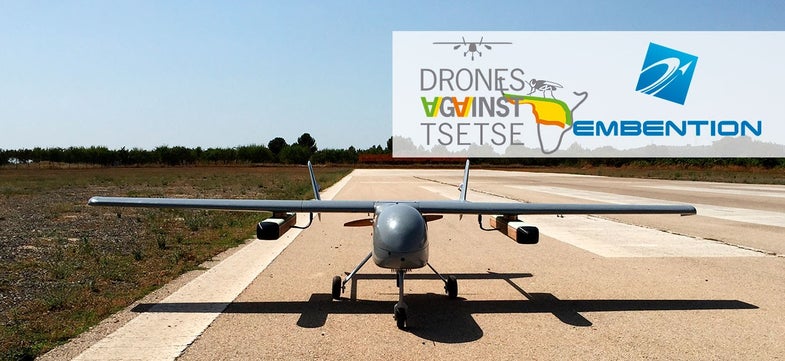Spanish Drone Will Drop Insects Over Ethiopia To Fight Disease
No Fly Zone

Tsetse flies feast on animal blood. When they do so, humans can get Trypanosomiasis, or sleeping sickness, which starts as exhaustion and fever, and can lead to death if left untreated. In animals, the tsetse’s bite can develop into paralysis. Tsetse flies are limited to sub saharan Africa, where they infect at least 10,000 people a year. It’s a mess of an insect, but an organization in Spain thinks they have a solution, and they’re going to use drones to deliver it.
“Drones Against Tsetse” is a project by spanish dronemaker Embention, together with the International Atomic Energy Agency. Why the IAEA? Well, the key to their anti-fly plan is radiation. Lots of radiation. From Motherboard:
The drone’s job is to take the sterilized bachelor flies and release them into the wild, where they will aggressively have nonproductive sex, depleting the tsetse fly population. This work is already done by manned aircraft, but the drones can fly lower and longer, and disperse flies through the area more evenly. Each drone flight can release 5,000 flies (in frozen, biodegradable boxes) from an altitude of 1000 feet, covering an area of about 40 square miles.
With enough flights of irradiated flies, the tsetse population will die out, protecting humans and livestock from the vicious diseases they carry. Watch a video about the project below:
